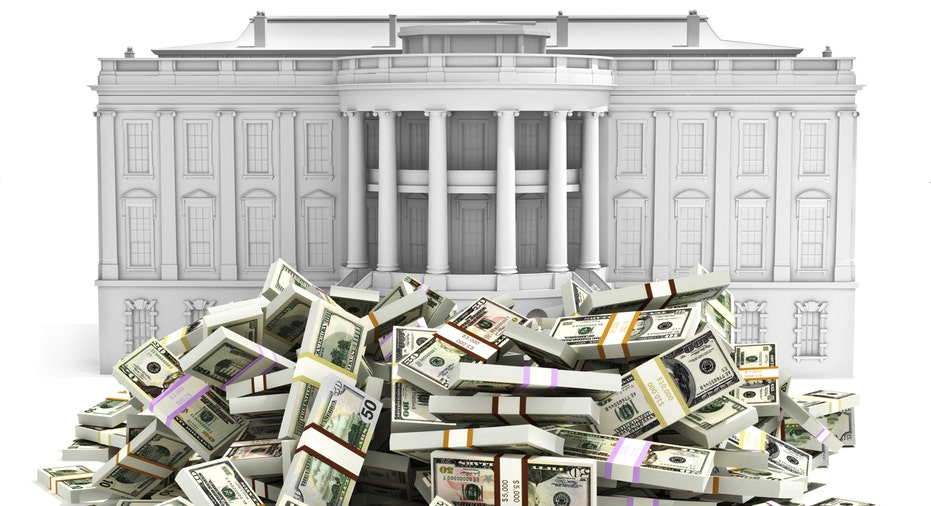How $100 of Your Taxes Are Spent: 8 Cents on National Parks and $15 on Medicare

With April 18 nearly here, U.S. taxpayers are likely asking themselves: Where exactly are my tax dollars going?
To answer the question, here is a "Taxpayer Receipt" showing how each $100 of taxes was spent, both for 2016 and five years earlier. It was prepared by the Committee for a Responsible Federal Budget (CRFB), a nonpartisan nonprofit group in Washington that monitors federal spending. The group's three chairmen are Republican Mitch Daniels, Democrat Leon Panetta and independent Tim Penny.
Looking at the list of expenditures, it is clear why some say the U.S. is a giant insurance company with an army. Half of all spending goes for Social Security benefits and health programs such as Medicare and Medicaid, while another 20% is for defense and military benefits.
In the last five years, the shares of spending for Social Security, Medicare and Medicaid have each risen more than 15%. Social Security and Medicare increased largely due to the aging of the population, while the increase in Medicaid comes from aging, growth in health-care costs and expanded eligibility under the Affordable Care Act, also known as Obamacare.
Over the same period, the share devoted to national defense dropped 22%, in part because Congress reduced war spending and capped other military spending in 2011, according to CRFB senior staffer Marc Goldwein.
The tax figures include all federal revenue. The individual income tax provided nearly half the total (47%), while payroll taxes kicked in about one-third (34%). The rest came from corporate income taxes (9%) and other levies such as customs duties and excise taxes (9%).
One important figure isn't in the total: the additional amount per $100 of taxes needed to cover the deficit. This amount was $35.70 in 2011 and $15.24 in 2016. The deficit figure for 2011 was much higher because the country was still emerging from the Great Recession, so tax receipts were lower and stimulus costs were higher.
This budget snapshot shows the dilemmas faced by President Trump and Congress. Retiring boomers expect both Social Security and Medicare benefits, so any cuts to those programs will be unpopular. At current projections, the Social Security trust fund will be exhausted in 17 years because the program is underfunded by at least 20%.
President Trump's "skinny" budget, released in March, showed deep cuts to some agencies, but it only tackled discretionary spending, leaving out 70% of total spending.
"The budget is far out of balance," says Mr. Goldwein. "Cuts will have to come from popular programs, because that's where the money is being spent."
Write to Laura Saunders at laura.saunders@wsj.com
(END) Dow Jones Newswires
April 14, 2017 09:33 ET (13:33 GMT)